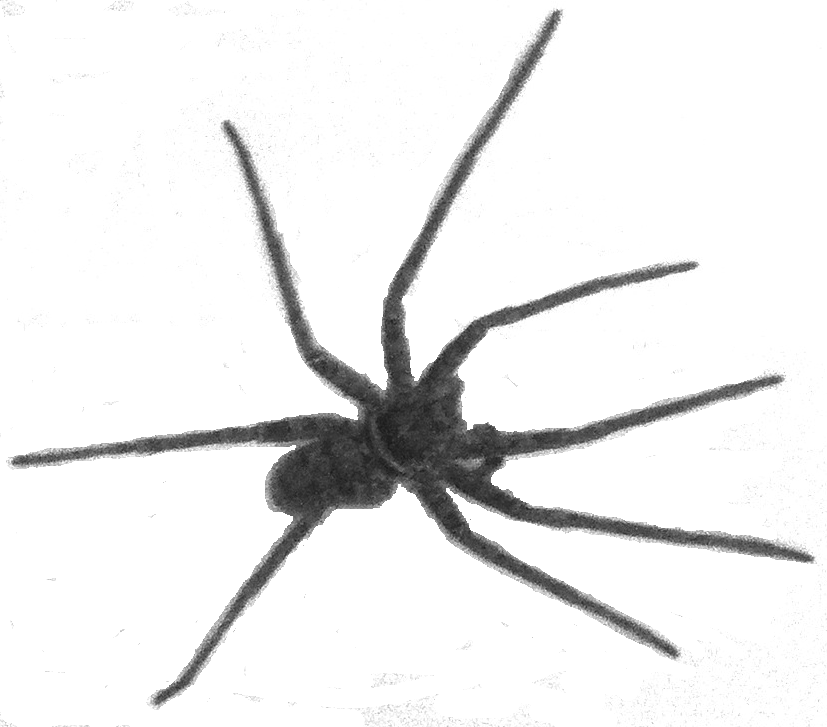Widgingarri Rockshelter 1 (Lower Horizon)
Basic information
Sample name: Widgingarri Rockshelter 1 (Lower Horizon)
Reference: S. O'Connor. 1999. 30 000 years of Aboriginal occupation: Kimberley, north west Australia. Terra Australis 14 51-92 [ER 3700]
Geography
Country: Australia
State: Western Australia
Coordinate: 15° 48' S, 124° 24' E
Coordinate basis: estimated from map
Time interval: Late Pleistocene
Section: 3700
Unit number: 1
Unit order: below to above
Max Ma: 0.02806
Min Ma: 0.0189
Age basis: radiocarbon (uncalibrated)
Geography comments: The Widgingarri Rockshelters are located in the Kimberley region of northern Western Australia, near the coast to the north-west of Doubtful Bay, and north of Lizard Island.
Dates for the Lower Horizon of Widgingarri Rockshelter 1 range from 28, 060 ± 600 BP near the base of the excavation, to 18, 900 ± 1800 BP at the boundary between the Lower Horizon and the upper Shell Horizon.
Dates for the Lower Horizon of Widgingarri Rockshelter 1 range from 28, 060 ± 600 BP near the base of the excavation, to 18, 900 ± 1800 BP at the boundary between the Lower Horizon and the upper Shell Horizon.
Environment
Lithology: not described
Taphonomic context: human accumulation, rock shelter
Archaeology: stone tools
Habitat comments: "Widgingarri Shelter 1 faces 70° east north east. The opening of the shelter is low (<2 m) and the roof declines slightly towards the rear wall... The shelter is 9 m deep and a maximum of 14 m wide".
The sediment of the Lower Horizon (Unit 5) is a light yellowish-red colour, contrasting with the dark reddish-brown unit above.
"The Lower Horizon contains ground flakes which derive from edge-ground hatchets, which were recovered from near the base of the excavation, suggesting the shelter was occupied by 28, 000 years ago".
The sediment of the Lower Horizon (Unit 5) is a light yellowish-red colour, contrasting with the dark reddish-brown unit above.
"The Lower Horizon contains ground flakes which derive from edge-ground hatchets, which were recovered from near the base of the excavation, suggesting the shelter was occupied by 28, 000 years ago".
Methods
Life forms: rodents, other large mammals, other small mammals, birds, lizards, snakes, other reptiles
Sampling methods: quarry, screenwash
Sample size: 84 specimens
Sampling comments: "An area of 5 square metres was excavated to a maximum depth of 112 cm. Excavation was discontinued without reaching bedrock due to the quantity and size of roof fall".
Material was sieved using both 3 mm and 6 mm mesh.
Material was sieved using both 3 mm and 6 mm mesh.
Metadata
Sample number: 3894
Contributor: Benjamin Carter
Enterer: Benjamin Carter
Created: 2022-02-17 14:03:01
Modified: 2023-04-29 06:00:06
Abundance distribution
21 species
10 singletons
total count 84
geometric series index: 55.2
Fisher's α: 8.987
geometric series k: 0.8481
Hurlbert's PIE: 0.8445
Shannon's H: 2.3818
Good's u: 0.8815
Each square represents a species. Square sizes are proportional to counts.
• Find matching samples
Register
| Petrogale brachyotis | 14 | |
| Petrogale concinna | 27 | |
| "Peradorcas concinna" | ||
| Petrogale sp. | 3 | |
| "Large"; also 90 Macropodidae indet. | ||
| Isoodon macrourus | 5 | 70.3 g |
| also 3 Isoodon sp. and 16 Peramelidae indet. | ||
| Macrotis sp. | 2 | |
| Petaurus breviceps | 1 | |
| Wyulda squamicaudata | 1 | 1.4 kg folivore-frugivore |
| Trichosurus vulpecula arnhemensis | 1 | 2.1 kg folivore |
| Dasyurus hallucatus | 1 | 463 g |
| †Thylacinus cynocephalus | 1 | |
| Tachyglossus aculeatus | 1 | 2.9 kg insectivore |
| Zyzomys woodwardi | 1 | |
| Conilurus penicillatus | 4 | |
| Rattus tunneyi | 2 | |
| Mesembriomys macrurus | 3 | |
| also 10 Muridae indet. | ||
| Boidae indet. | 3 | |
| also 24 Serpentes indet. | ||
| Chlamydosaurus kingii | 1 | |
| also 3 Agamidae indet. | ||
| Scincidae indet. | 8 | |
| Varanidae indet. | 3 | |
| also 6 "Lizard" indet. | ||
| Crocodylidae indet. | 1 | |
| Aves indet. | 1 | |


